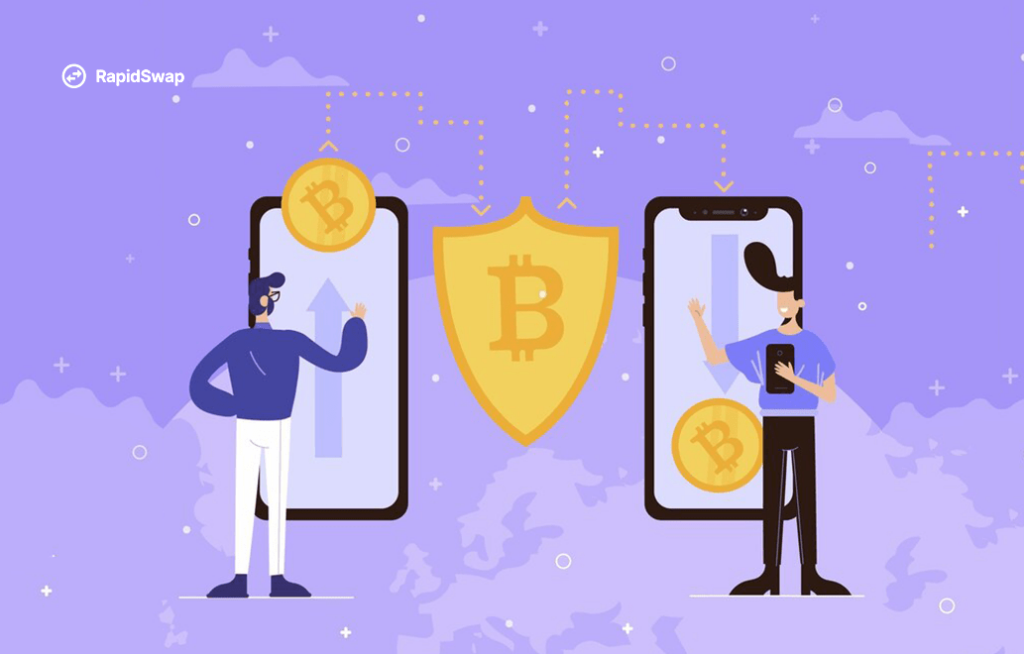When first diving into the world of cryptocurrencies and blockchain technology, it can be challenging to grasp the intricacies of how transactions are processed and confirmed within these networks. A common question arises: why do some transactions take longer to be confirmed, and how do these confirmations actually work? To clarify this, let’s break down the process by using an analogy that many people are familiar with—train travel.
This simplified model will help to illustrate the basic principles of how blockchain transactions are confirmed.
In this analogy, we can compare the various elements of a blockchain network to components of a train system:
- Passengers represent individual transactions.
- Trains symbolize new blocks that are added to the blockchain.
- The train station acts as the mempool, where transactions wait to be included in a block.
- Ticket prices correspond to the fees paid to miners.
- Conductors and engineers are the miners who verify and add transactions to blocks.
- The number of trains a passenger has boarded indicates the number of confirmations a transaction has received.
For a blockchain network to function properly, it requires miners who are responsible for validating transactions and creating new blocks. Imagine that these blocks are like trains arriving at a station. In the case of Bitcoin, for example, a new train might arrive roughly every 10 minutes, though this interval can vary—sometimes a train arrives every few minutes, and other times there might be a longer wait, possibly over an hour, without any trains.
When you initiate a cryptocurrency transaction, it is akin to a passenger arriving at the station, eager to board a train. At this stage, the transaction is in the mempool, where it awaits inclusion in a block. However, just like train tickets, there’s a cost associated with boarding a block, which is the miner fee. You can think of this fee as the price a passenger is willing to pay to board the next available train. The higher the fee (or ticket price), the more likely it is that the transaction will be picked up by a miner and included in the next block.
A block (or train) has a limited capacity, meaning it can only accommodate a certain number of transactions (or passengers). For Bitcoin, a typical block might hold around 2,500 transactions. If the mempool becomes crowded with many transactions, and new blocks aren’t being created quickly enough, a backlog develops. In this case, miners will prioritize transactions that offer higher fees, leaving those with lower fees to wait for the next available block, which could take some time.
Once a transaction is included in a block (or a passenger boards a train), it receives its first confirmation. After this, the recipient of the transaction can, in many cases, use the received funds, though some platforms might require additional confirmations for security reasons. Each subsequent block that is mined represents another confirmation for the transaction, similar to a train passing through another station along its route. For instance, if a transaction requires five confirmations, you would need to wait for four additional blocks to be mined after the block that initially included the transaction.
Now, let’s consider a scenario where things don’t go as smoothly. Imagine the mempool station is relatively empty when you decide to send a transaction, and you set a high miner fee to ensure it gets processed quickly. However, after waiting for some time, no new blocks are mined. Meanwhile, the mempool starts to fill up with more transactions, many of which are offering even higher fees. As a result, your transaction, which initially seemed like it would be processed quickly, might end up sitting in the mempool for much longer than anticipated. This delay can be frustrating for both the sender and the receiver of the funds.
In some cases, it may be possible to replace a transaction with a higher fee, depending on the capabilities of your cryptocurrency wallet and the availability of additional funds. However, this isn’t always possible and can add another layer of complexity to the transaction process.
This analogy helps to simplify the process of how transactions are confirmed on a blockchain network, highlighting the importance of miner fees and the potential for delays, especially during times of high network congestion. Understanding this process is crucial for anyone looking to use or invest in cryptocurrencies.

